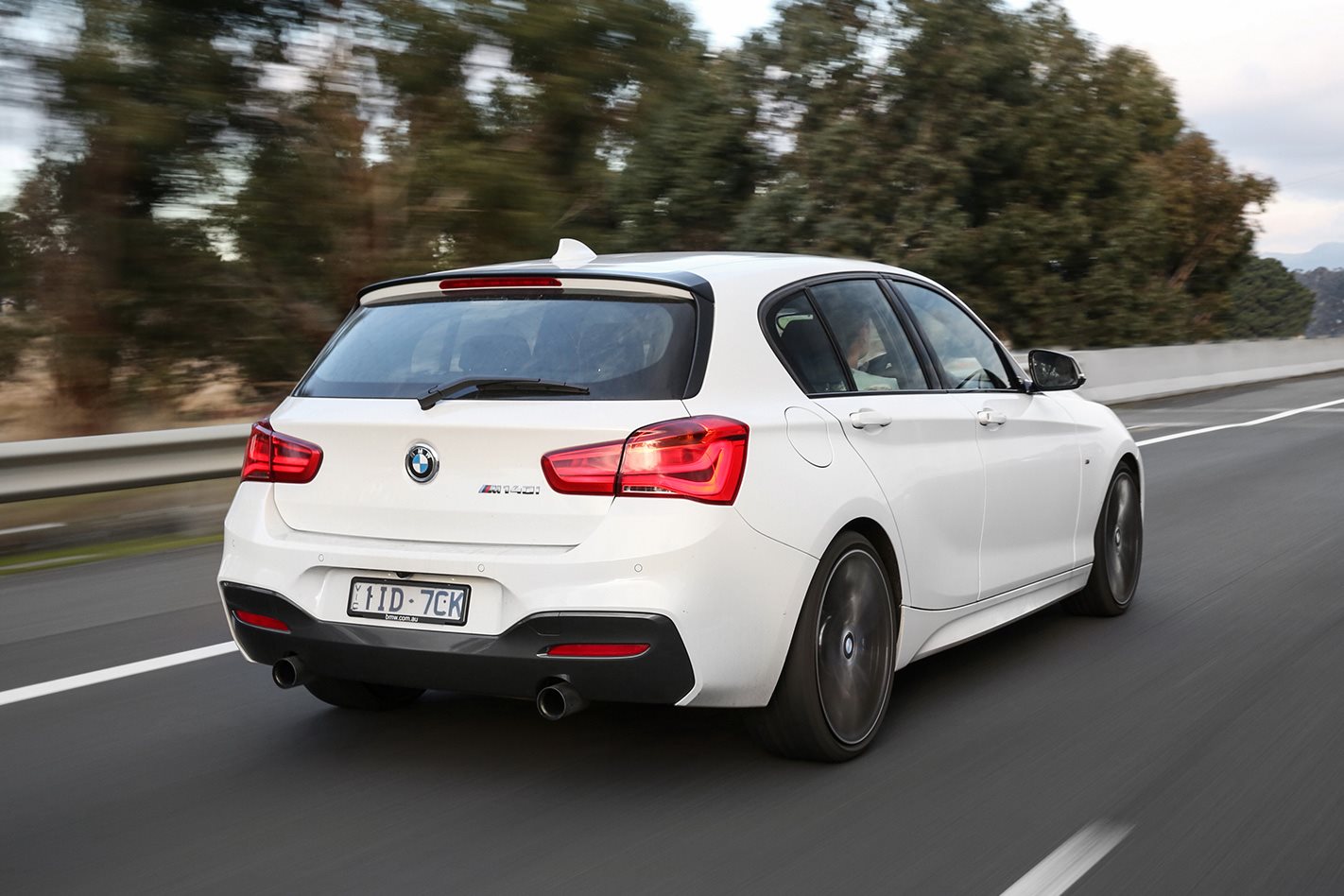YOU may have missed it, but earlier this week BMW confirmed the only rear-drive hot hatch you could buy will be going the way of the Dodo.
The rear-drive hot hatch has always been a singularly niche genre, and one that the latest generation of BMW 1 Series elevated to new heights.
But, with production for the F20 1 Series coming to an end, so is this ultra-nerdy subclass, for the foreseeable future at least.
BMW Group Australia CEO Vikram Pawah laid out the terms of the rear-drive hot hatch’s demise with some carefully worded comments.
“To celebrate the last six-cylinder, rear-wheel drive 1 Series hot hatch, we are excited to present customers with the BMW M140i Finale Edition,” he said.
His statement leaves the door open for a four-cylinder rear-drive 1 Series in the future. However, industry speculation suggests this won’t be the case, and future 1 Series models will drive the front, or all, wheels only, and be limited to a selection of four-cylinder engines.
To celebrate the wonders of the rear-drive hot hatch, we’ve compiled a list of our five favourites from history.
To be eligible we kept the rules rather simple. The car had to have a hatch, send power exclusively to the rear treads, and be somewhat compact in size. Some of the entries seem natural fits, while we are sure others will prompt a flurry of emails to the Wheels inbox.
BMW M140i PE
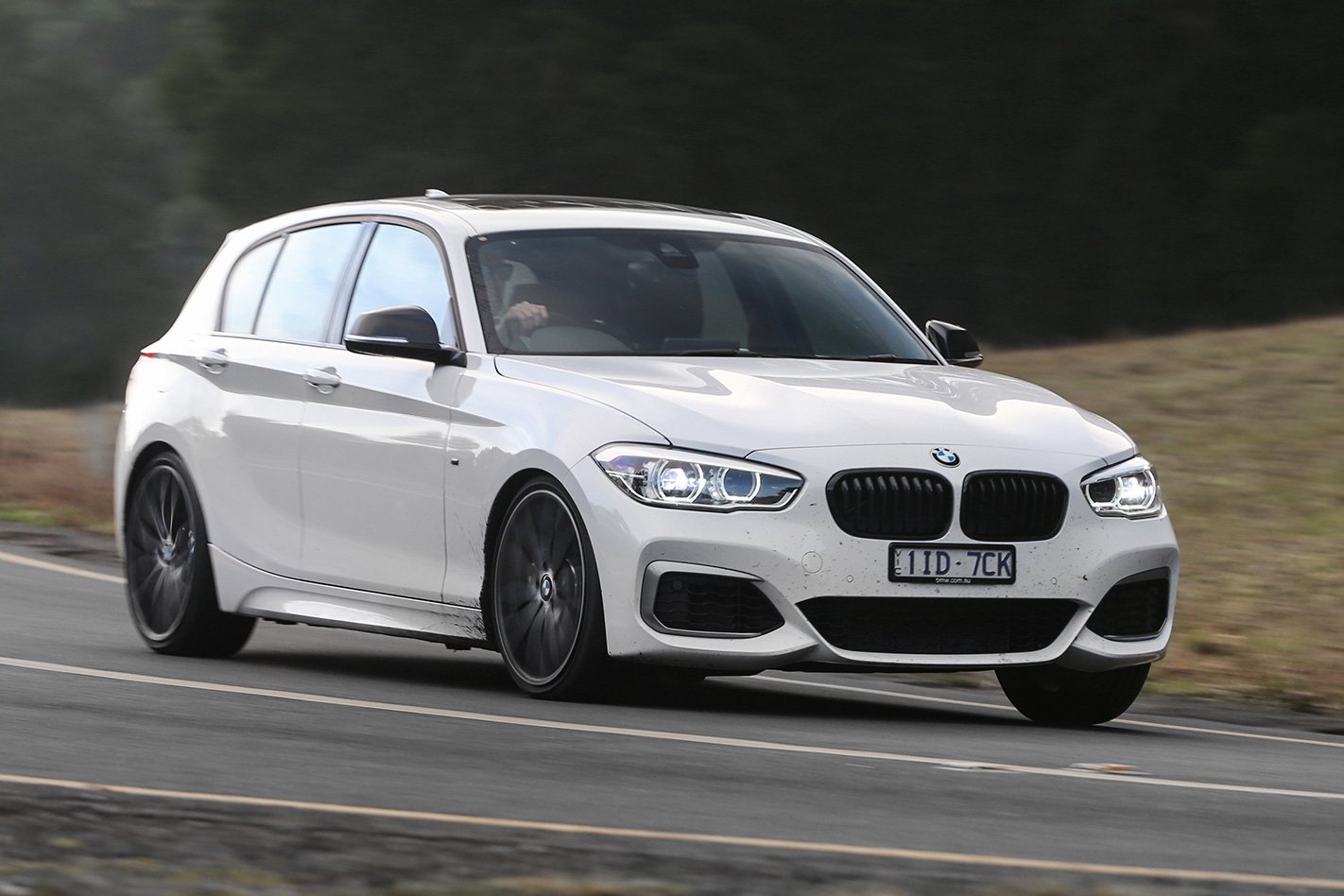
Perhaps the final and finest rear-drive hot hatch is the 2018 BMW M140i PE, which was limited to just 60 models.
The M140i is the halo of the current F20 1 Series range, and comes fitted with a B58 3.0-litre straight-six turbo motor pumping out 250kW and 500Nm thanks to a twin-scroll turbo
This allowed the compact hatch to crack 100km/h in 4.8-seconds. BMW Australia upped the ante with the Performance Edition, which was fitted with a slew of M Performance goodies such as 19-inch rims, carbonfibre wing mirror covers, chrome exhaust tips, and swathes of Alcantara on the inside.
Most importantly the car was fitted with a proper limited-slip differential as standard, to really emphasise the rear-drive fun.
Only 60 were made available, each at a cost of $71,900.
Holden LX Torana A9X
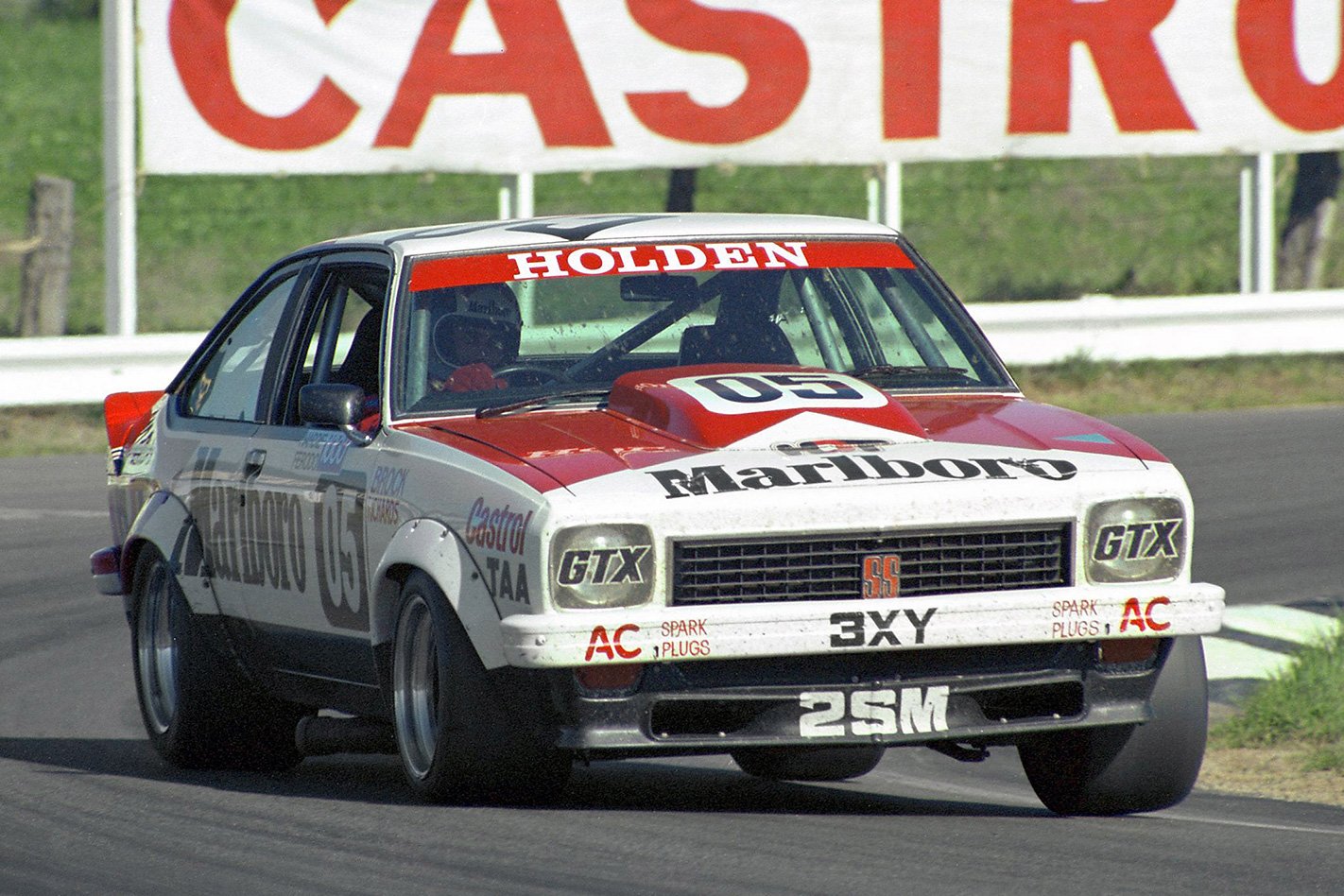
We’ve got our flame suits donned for this one.
Including the Holden LX Torana A9X is sure to cause some consternation among readers, but hear us out. The LX Torana is a hatch, and when fitted with the optional A9X pack, it was undoubtedly ‘hot’. Therefore, it meets our requirements.
If you have been living under a rock, the A9X Torana is what happened when owners of the 5.0-litre V8-powered SS hatchback (and SLR 5000 sedan) variant decided to tick the box for the ‘A9X Option’.
While visually similar to the L34-optioned LH Toranas, the A9X added a rear-facing bonnet scoop, along with mechanical additions such as rear disc brakes, heavy-duty axles, and a ’10 bolt’ differential.
The LX Torana A9X was thrust into cult status when Peter Brock and Jim Richards won the 1979 Bathurst 1000 at the wheel of one, winning by a record six laps.
Peter Perfect once opined that the LX A9X was the best race car he ever drove.
In modern terms the 161kW and 400Nm outputs from a 5.0-litre V8 don’t set the world on fire, but in ‘70s Australia, hatches didn’t get any hotter.
Talbot Sunbeam Lotus
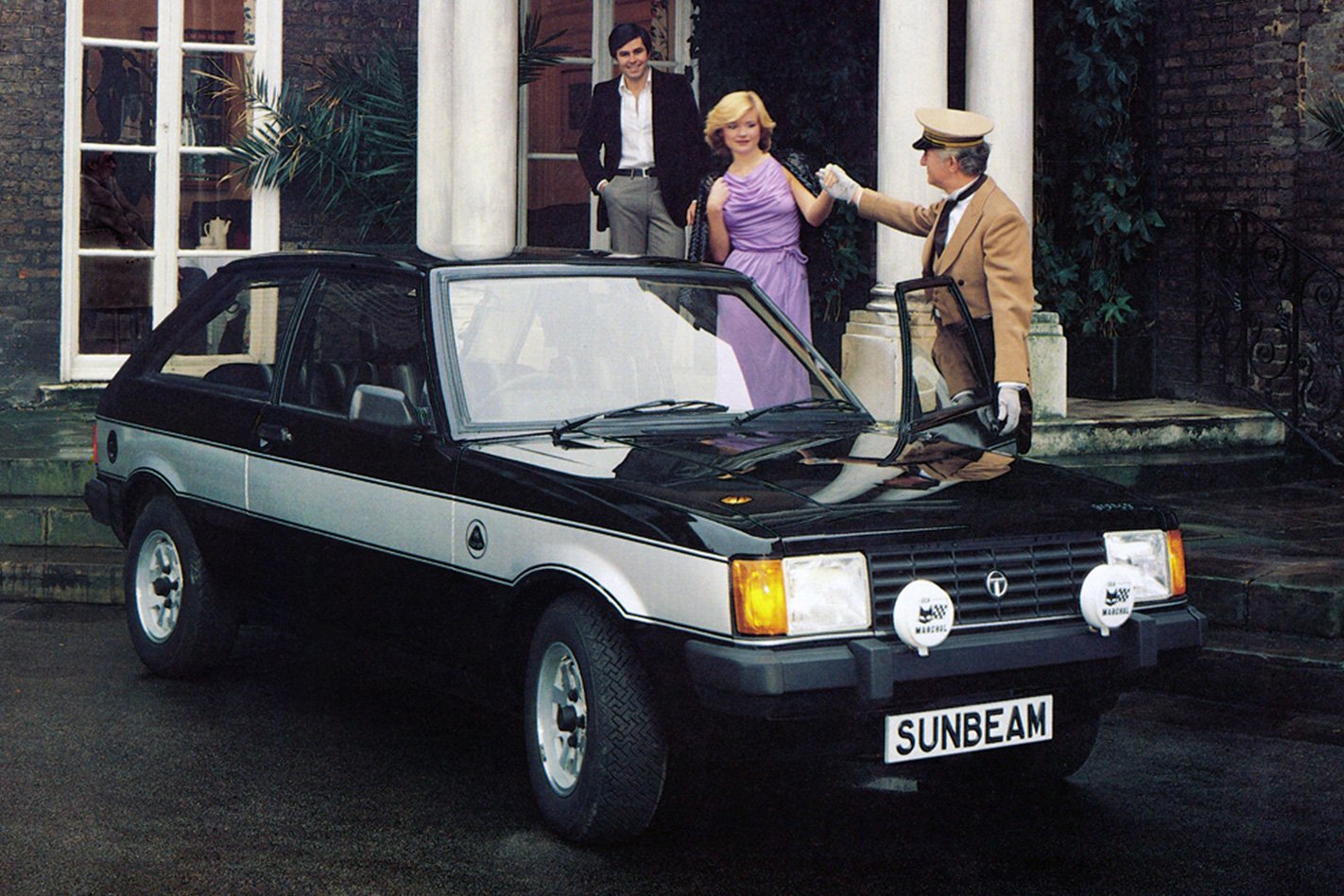
To properly tell the story of the Talbot Sunbeam Lotus, first you must start with the Chrysler Sunbeam.
First manufactured by Chrysler Europe in 1977, the Scottish-built car was funded by a British government grant designed to keep the Linwood plant running.
Originally the car rolled off the production line with a knackerless 928cc Coventry Climax engine inherited from the Hillman Imp. Importantly, the pitiful 31kW of power was sent to the rear wheels.
In order to boost the Sunbeam’s image, a hot hatch version of the Sunbeam was launched in 1978, called “Sunbeam Ti”. This version was fitted with a 1.6-litre that delivered 75kW.
At the same time Lotus was commissioned by Chrysler to build a version of the Sunbeam for rallying.
Based on the Sunbeam 1.6 GLS, the Sunbeam Lotus was fitted with stiffer suspension, a larger anti-roll bar and a larger transmission tunnel. Power was improved thanks to an enlarged 2172cc version of Lotus’ 1973cc ‘907’ engine. The 16-valve slant-four produced 112kW and 203Nm in road trim, improving to 186kW for racing.
Renault Clio V6 Renault Sport
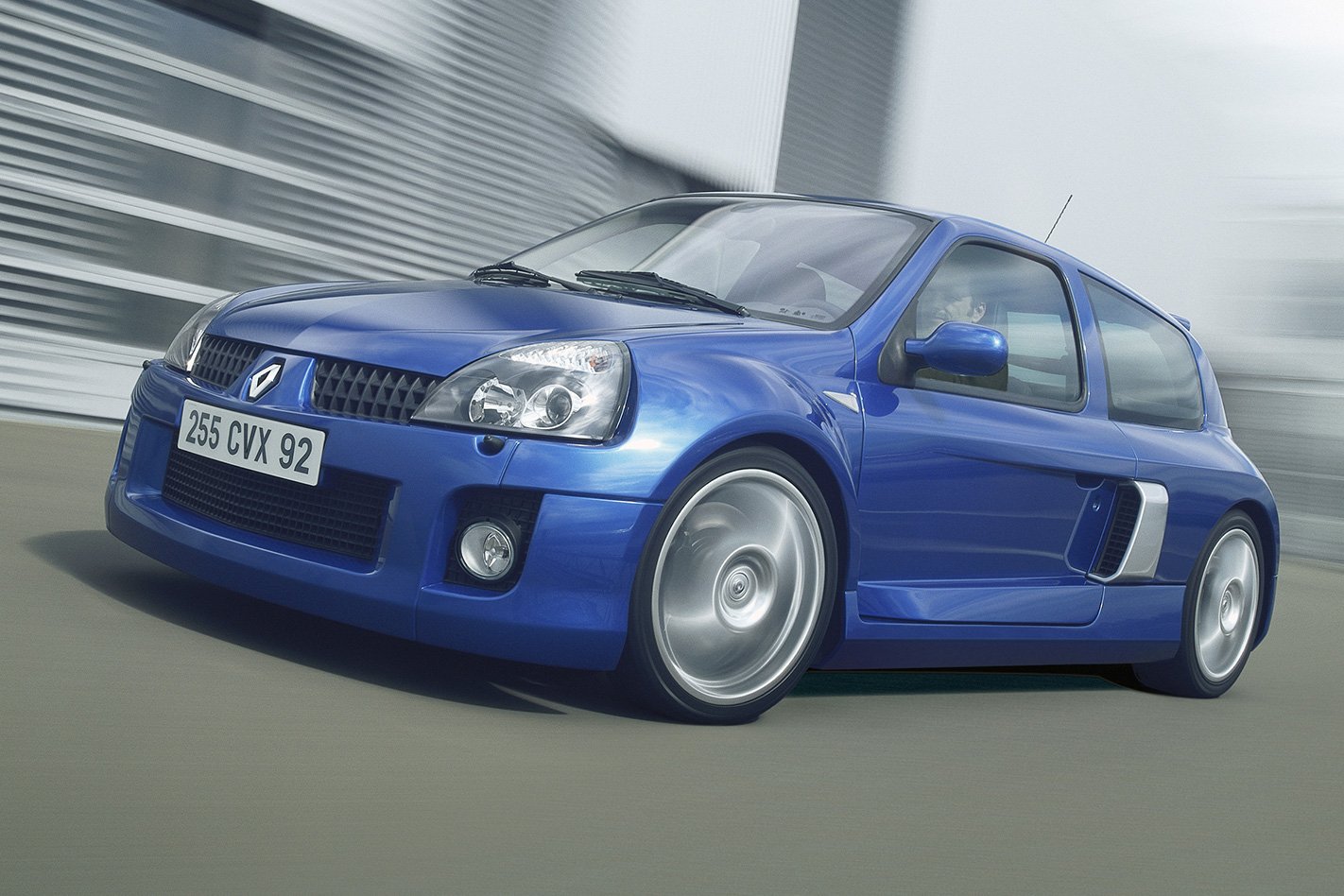
If you are particularly averse to snap oversteer, it might be best to skip this entry.
Despite its well-earned reputation for being cut-throat when driven on the edge, no rear-drive hot hatch list would be complete without the Renault Clio V6 Renault Sport.
Designed by Renault, but developed and built by Tom Walkinshaw Racing, the Clio V6 was based on the second-gen hatch it shares its name with. However, the mechanical relationship is little more than visual.
A 169 kW ES9 3.0-litre 60-degree V6 was sourced, and mid-mounted behind the rear seats. In the change from front-engined, front-wheel drive, to mid-engined, rear-wheel drive, the Clio V6 gained 300kg over the standard Clio 172 Cup.
Despite its power advantage, the Clio V6 was only 0.5-seconds quicker to 100km/h, with a claimed time of 6.2-seconds.
Power was bumped to 188kW for the Phase 2 car, while a racing version called the Clio V6 Trophy was built with a sequential Sadev gearbox, full roll cage, magnesium wheels, and an improved engine output of 210kW.
Toyota AE86
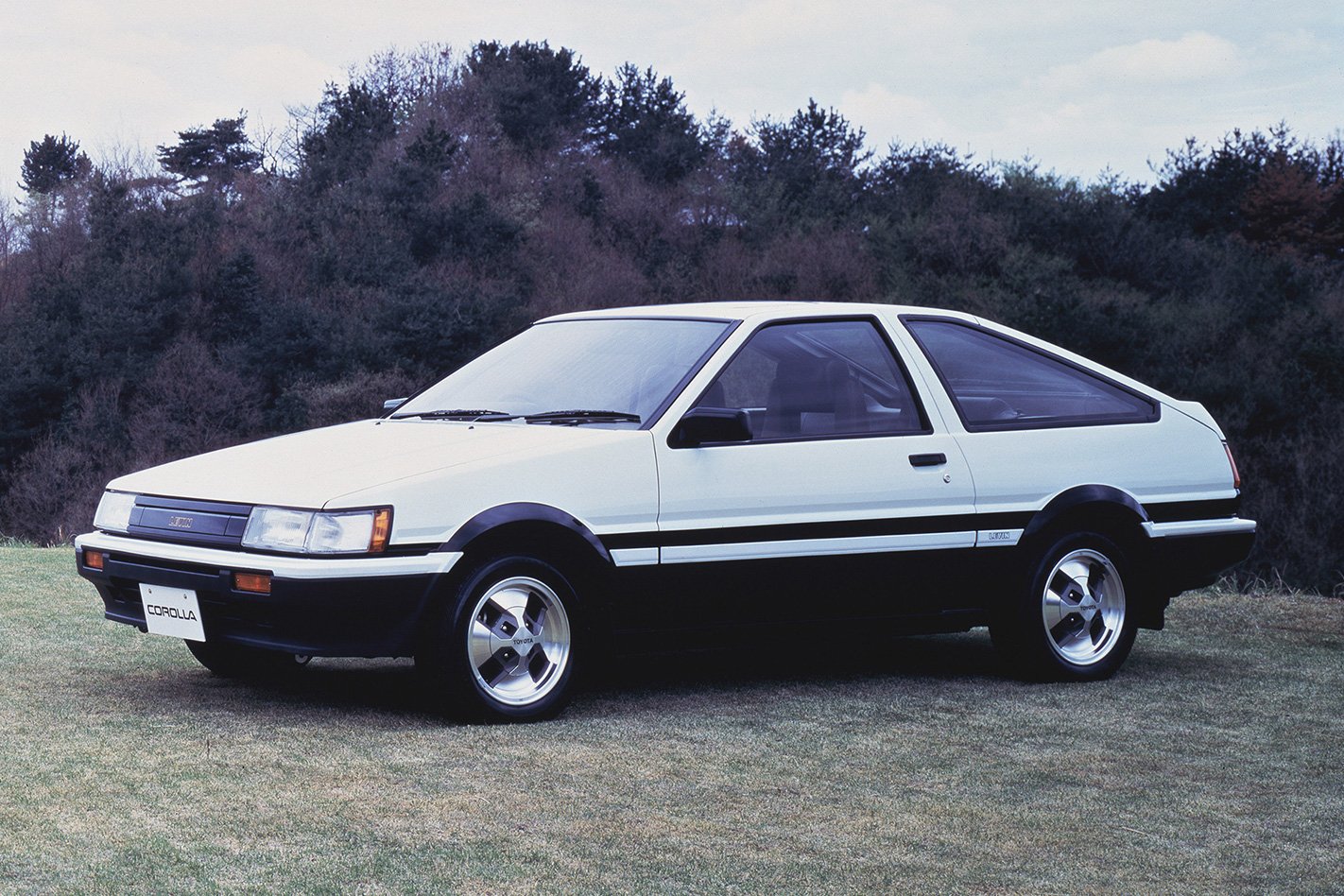
What, you thought we were going to forget to include the iconic Toyota AE86? Based on the fifth-generation Corolla, the AE86 has become a cult-icon thanks to its rev-happy naturally-aspirated engine, rear-drive layout, and place in drifting folklore.
Fitted from the factory with a 1.6-litre 4A-GE DOHC four-cylinder (the same unit fitted to the AW11 MR2), the AE86 combines light weight, 50:50 weight distribution, and sublime chassis tuning.
The engine revved to a 7800rpm redline, thanks to a 9.4:1 compression ratio, with a limited-slip diff available from the Toyota factory as an optional extra.
Buying this once cheap Japanese hatchback is an exercise in compromise and growing budgets nowadays, with prices beginning to soar.
However, those lucky enough to add one to their garage go to sleep knowing they have one of the best driving machines ever produced ready and waiting for them in the morning.


